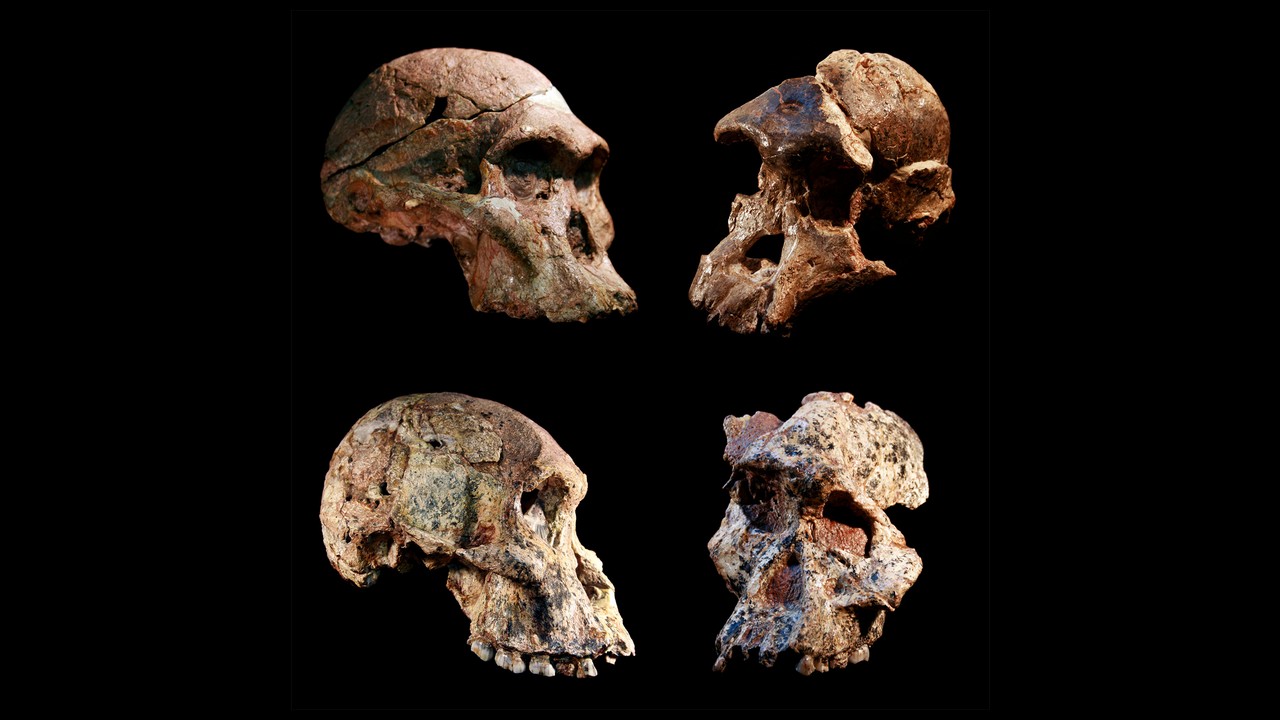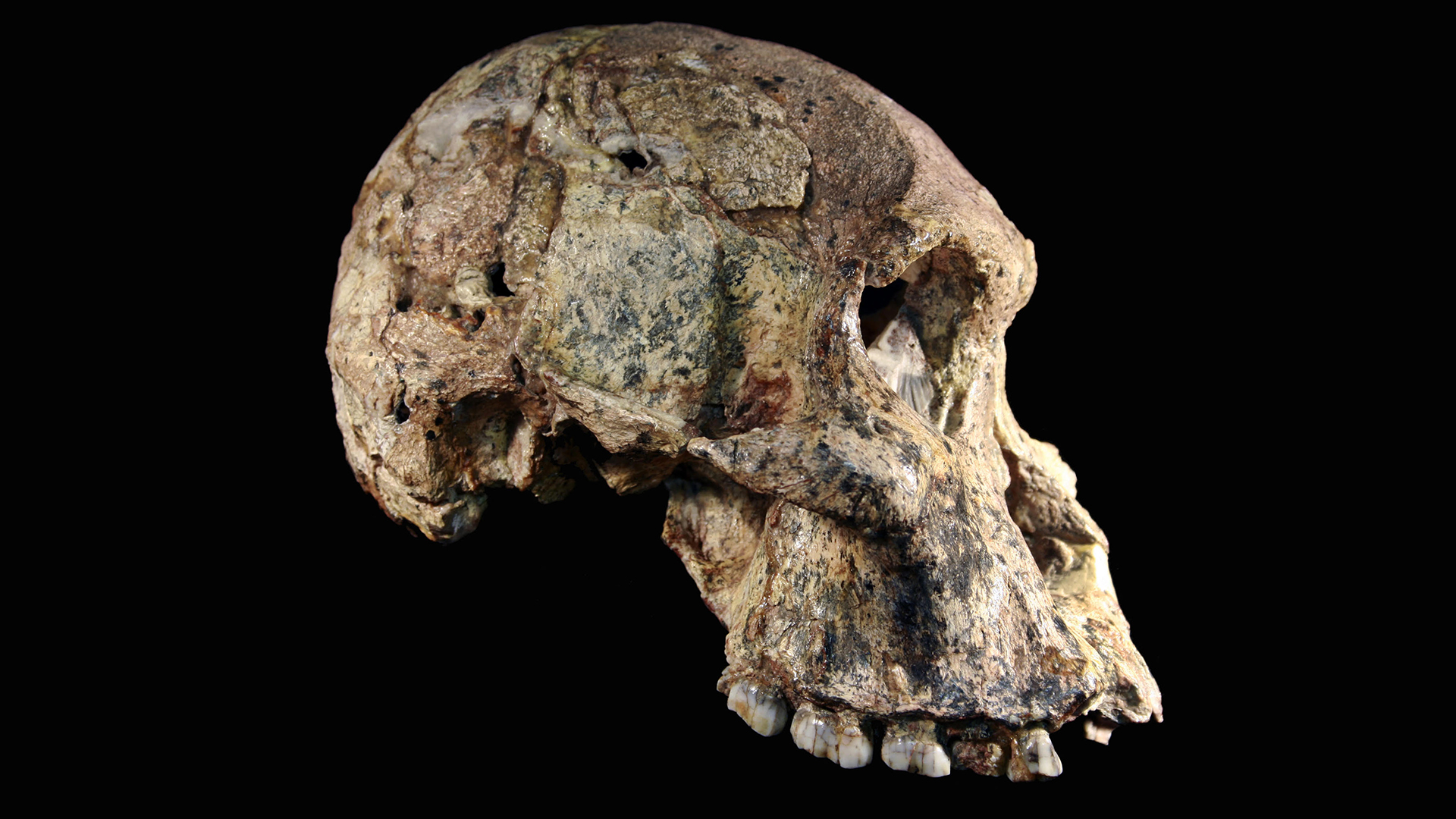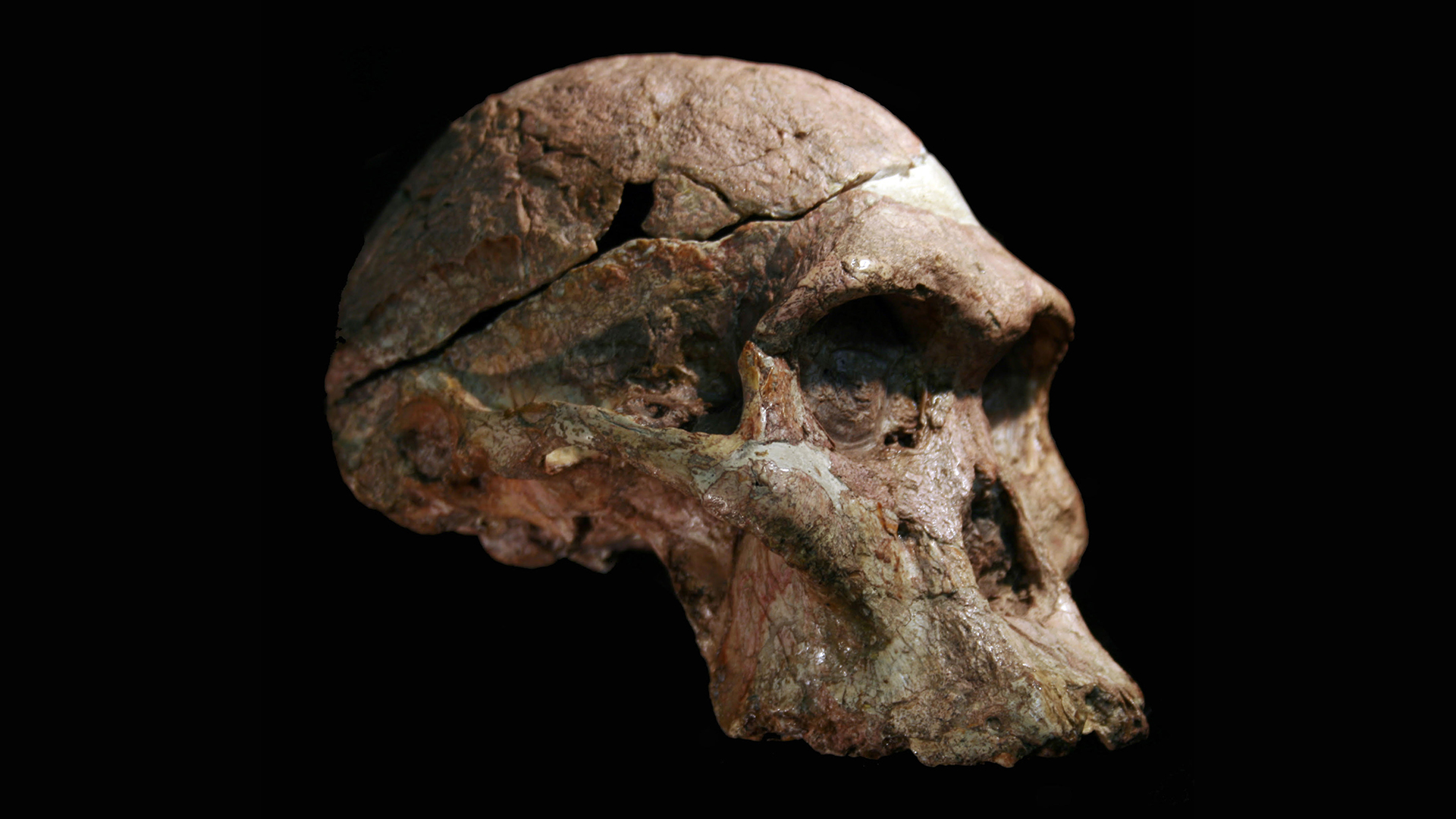South African fossils may rewrite history of human evolution
Fossils found at the Sterkfontein Caves in South Africa may be much older than previously thought.

Ancient human-like fossils in South Africa may be more than a million years older than previously thought, which raises the odds that the species they came from gave rise to humans, a new study finds.
The new date could rewrite a few key stages in the history of human evolution. That's because the finding suggests these fossils belong to a species that may predate the iconic 3.2-million-year-old "Lucy" fossil. Lucy's species was long thought to potentially have been the prime contender for the direct ancestor of humans.
Homo sapiens is the only surviving member of the human lineage, the genus Homo. Previous research suggested that the leading candidate for the precursors of Homo may be the genus Australopithecus, which lived about 4.1 million to 2.9 million years ago.
Australopithecus, which means "southern ape," includes Lucy’s species, Australopithecus afarensis. At the time of Lucy's discovery in Ethiopia in 1974, her bones were the world's oldest and most complete skeleton of an ancient hominin, the group that includes humans and the extinct species more closely related to humans than any other animal, according to Nature.
The most abundant sources of Australopithecus fossils discovered to date are the Sterkfontein Caves in South Africa, which are part of a site named the Cradle of Humankind. Sterkfontein became famous when the first known adult Australopithecus was discovered there, in 1936. Over the decades, scientists have found hundreds of hominin fossils at Sterkfontein, which are usually classified as members of the species Australopithecus africanus.
However, previous research suggested that the bones at Sterkfontein were only 2.1 million to 2.6 million years old. In contrast, the oldest known Homo fossils, unearthed in Ethiopia, date back about 2.8 million years. This suggested that the Sterkfontein Australopithecus species could not have been the direct ancestors of Homo.
Instead, researchers have often proposed that the ancestors of the human lineage were Australopithecus species in East Africa, such as Lucy's, A. afarensis, and that South Africa’s A. africanus descended from East Africa’s A. afarensis.
Sign up for the Live Science daily newsletter now
Get the world’s most fascinating discoveries delivered straight to your inbox.

Still, there is a great deal of controversy surrounding the ages of the fossils at Sterkfontein. For example, the nearly complete skeleton known as Little Foot found there is estimated to be 3.67 million years old, according to research from Darryl Granger, a geochronologist at Purdue University in West Lafayette, Indiana, and his colleagues.
In the new study, Granger and his colleagues sought new estimates of the ages of the other hominin fossils at Sterkfontein. They found that those bones may actually be about 3.4 million to 3.7 million years old. This makes them older than Lucy and opens the possibility that Homo could have evolved from the Australopithecus species of South Africa, and not East Africa as long thought.
Understanding the dates of the fossils at Sterkfontein can be tricky. Normally, scientists estimate the ages of fossils by analyzing the layers in which they are found; the deeper a layer is, the older it may be. However, the complex system of caves at Sterkfontein could lead older deposits to get mixed with younger material, complicating attempts to date them.
Other strategies for dating the Australopithecus specimens in Sterkfontein include examining the bones of other animals, such as horses unearthed around the hominin fossils, or the flowstone linked with the fossil layers — thin sheets of rock deposited from flowing water found all along the walls and floors of caves. However, bones can shift within caves during flooding, and young flowstone can be deposited in old sediment, meaning the dates derived from these methods could be incorrect.
One potentially more accurate method involves dating the actual rocks in which the fossils were found. In the new study, researchers analyzed the concrete-like matrix in which the fossils are embedded, called breccia.
The scientists analyzed so-called cosmogenic nuclides within the rocks. These are extremely rare versions of elements, or isotopes, produced by cosmic rays — high-energy particles that constantly bombard Earth from outer space. Each isotope of an element has a different number of neutrons in its atomic nucleus — for example, aluminum-26 has one less neutron within its nucleus than regular aluminum.

Aluminum-26 forms when a rock containing quartz is exposed at the surface, but not after it has been deeply buried in a cave. As such, the researchers can date cave sediments, and the fossils within them, by measuring levels of aluminum-26 in tandem with another cosmogenic nuclide, beryllium-10.
"It was surprising to me at first that the new ages of 3.4 to 3.6 million years were so close [in age] to the older sediments," Granger told Live Science. "What this says is that all of the Australopithecus fossils at Sterkfontein fall into a fairly narrow time range, and in a particular time when there was a lot of diversification of hominins in East Africa as well. This points to an early connection between hominins in East Africa and South Africa."
These new findings, which show A. africanus is at least as old as, if not older than, A. afarensis, may rule out the idea that A. africanus descended from A. afarensis. And in fact, A. africanus possesses a more primitive ape-like skull and facial features than A. afarensis, paleoanthropologist Yohannes Haile-Selassie, director of Arizona State University's Institute of Human Origins, who did not take part in this research, told Live Science. Instead, he suggested A. africanus and A. afarensis may be sister species, descended from an older common ancestor such as 3.8-million-year-old A. anamensis, which Haile-Selassie helped unearth in Ethiopia in 2016.
Another implication of the new work is that "this older age allows more time for the South African species to evolve into later hominins," Granger said. This could include Homo. "We don't know that this happened for sure, but it opens a window of possibility."
John Hawks, a paleoanthropologist at the University of Wisconsin-Madison who did not participate in this study, noted the new cosmogenic technique will likely not end the controversy of the Sterkfontein fossils' ages.
"This is a case where the different teams really need to get together and agree on what the geology of the site is telling us," Hawks told Live Science. "I think this paper is a first step in that process, but it will take a lot of work to get these different scientists to agree on what they are seeing."
For example, scientists who want to solve the puzzle of the ages of these bones may take part in double-blind experiments involving "different groups of researchers examining the same samples, without knowing where they are from until they report their results," Hawks said. "Otherwise, there is too much potential for researchers to choose samples and methods that reinforce their own ideas."
The scientists detailed their findings June 27 in the journal Proceedings of the National Academy of Sciences.
Originally published on Live Science.











